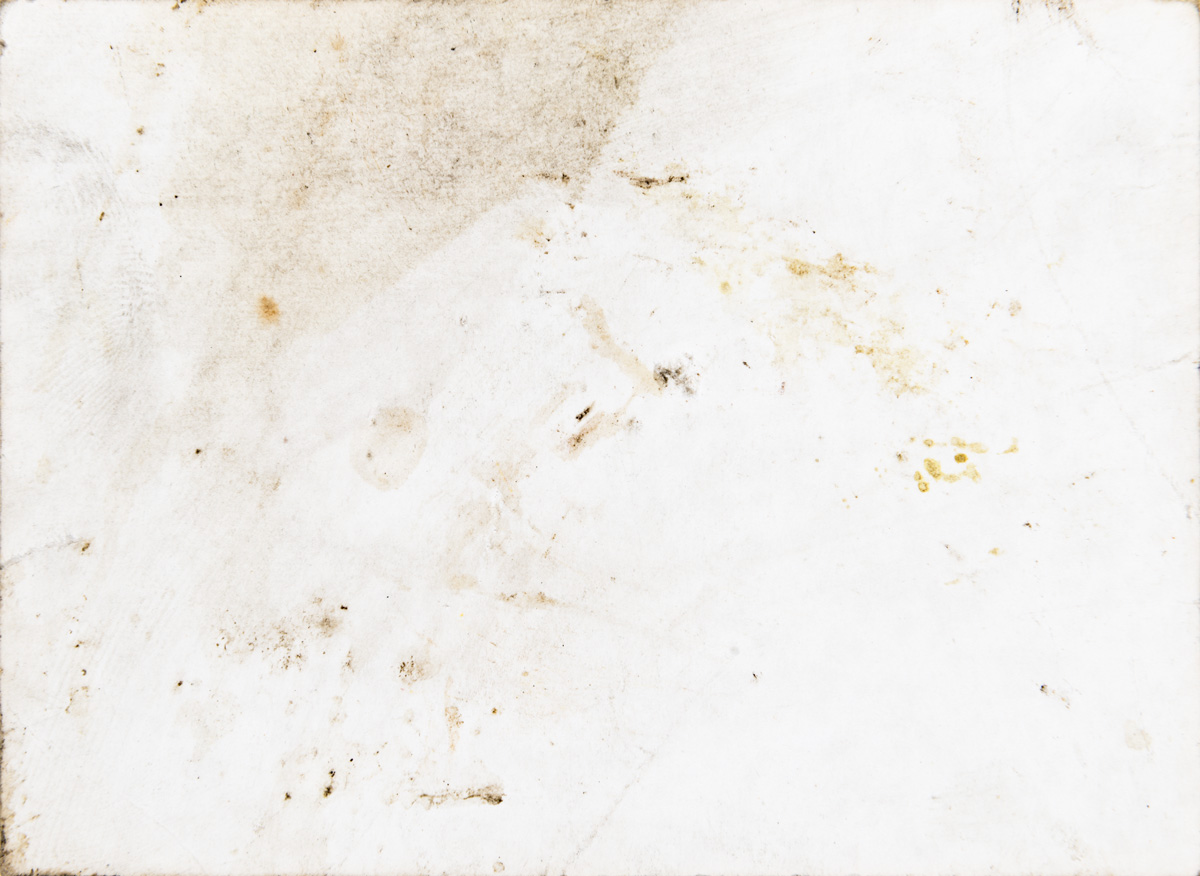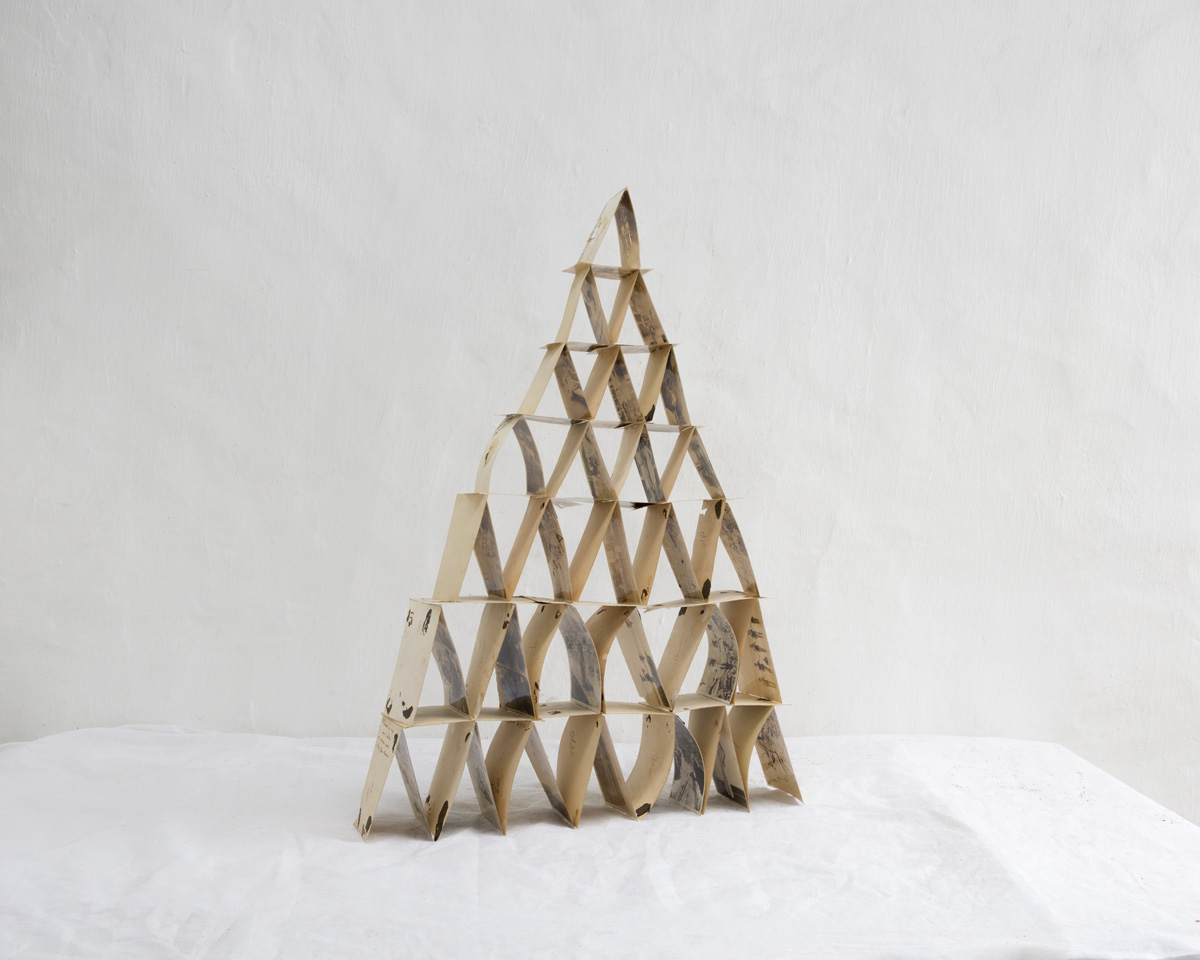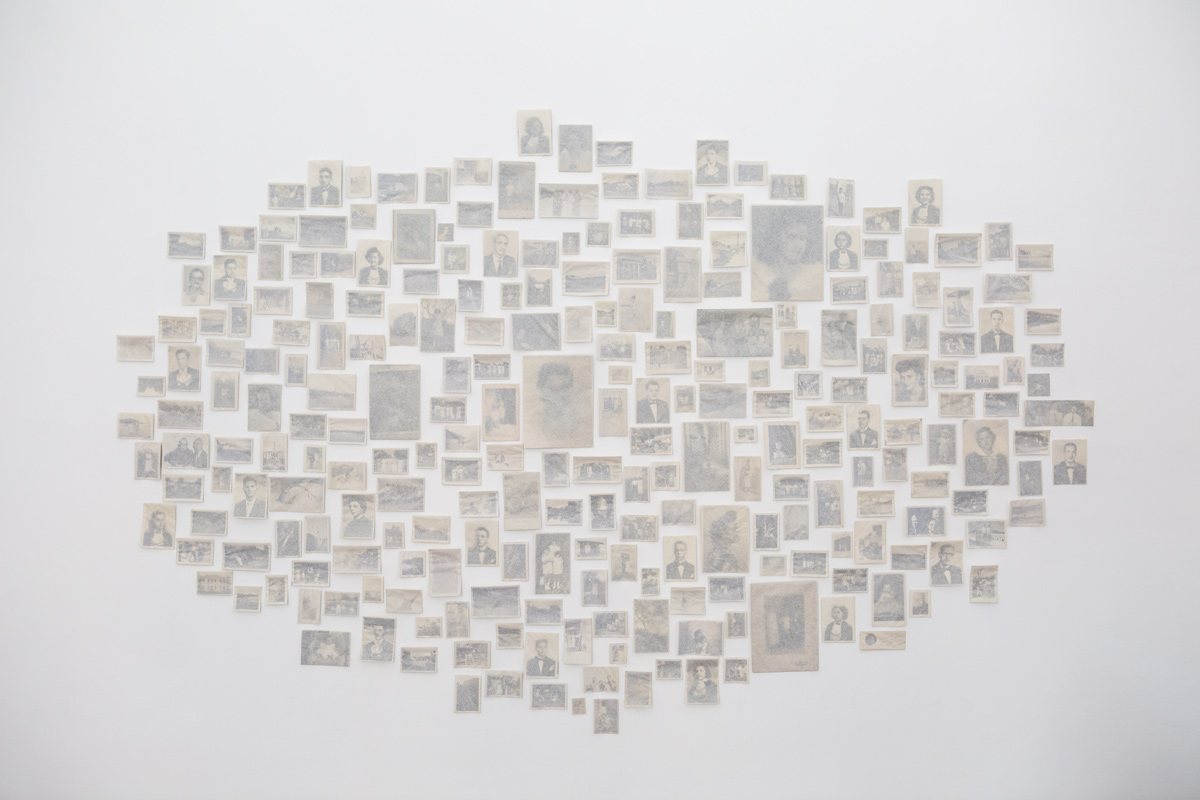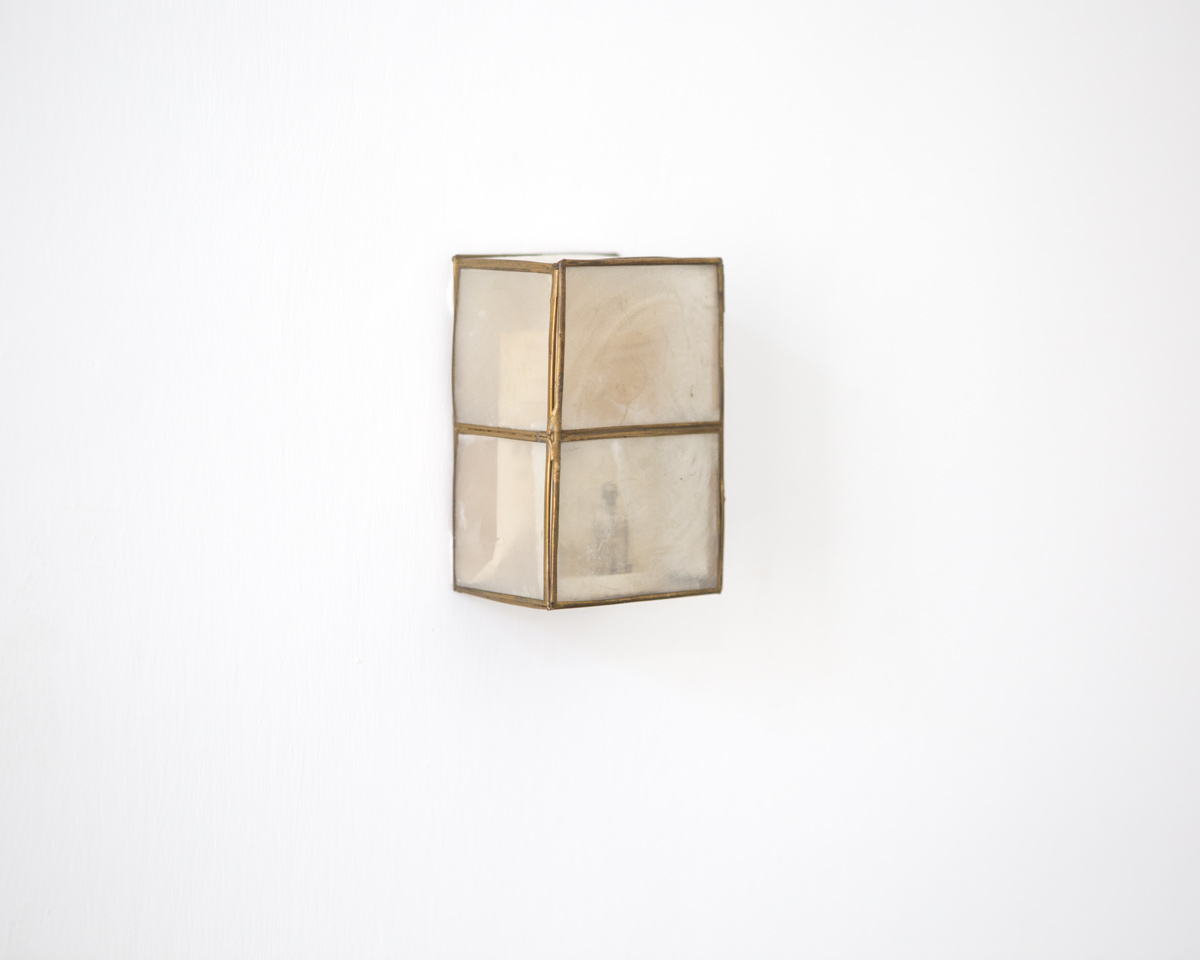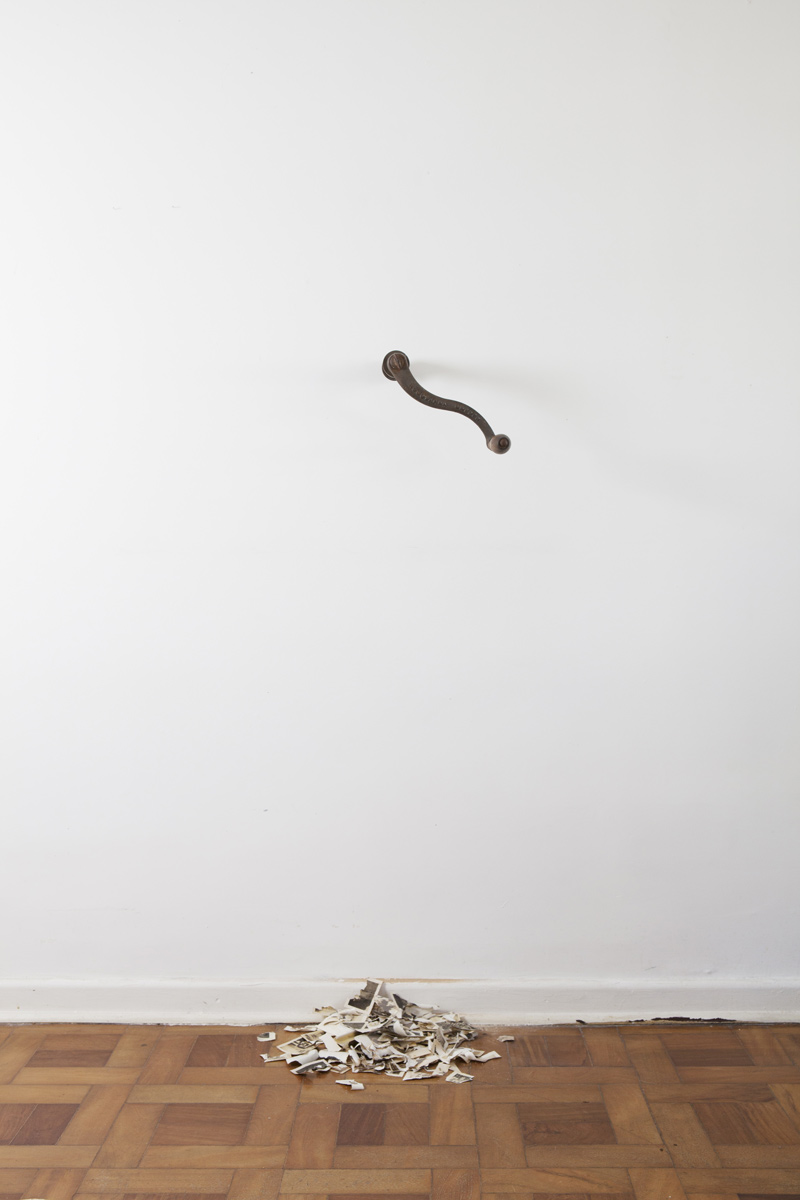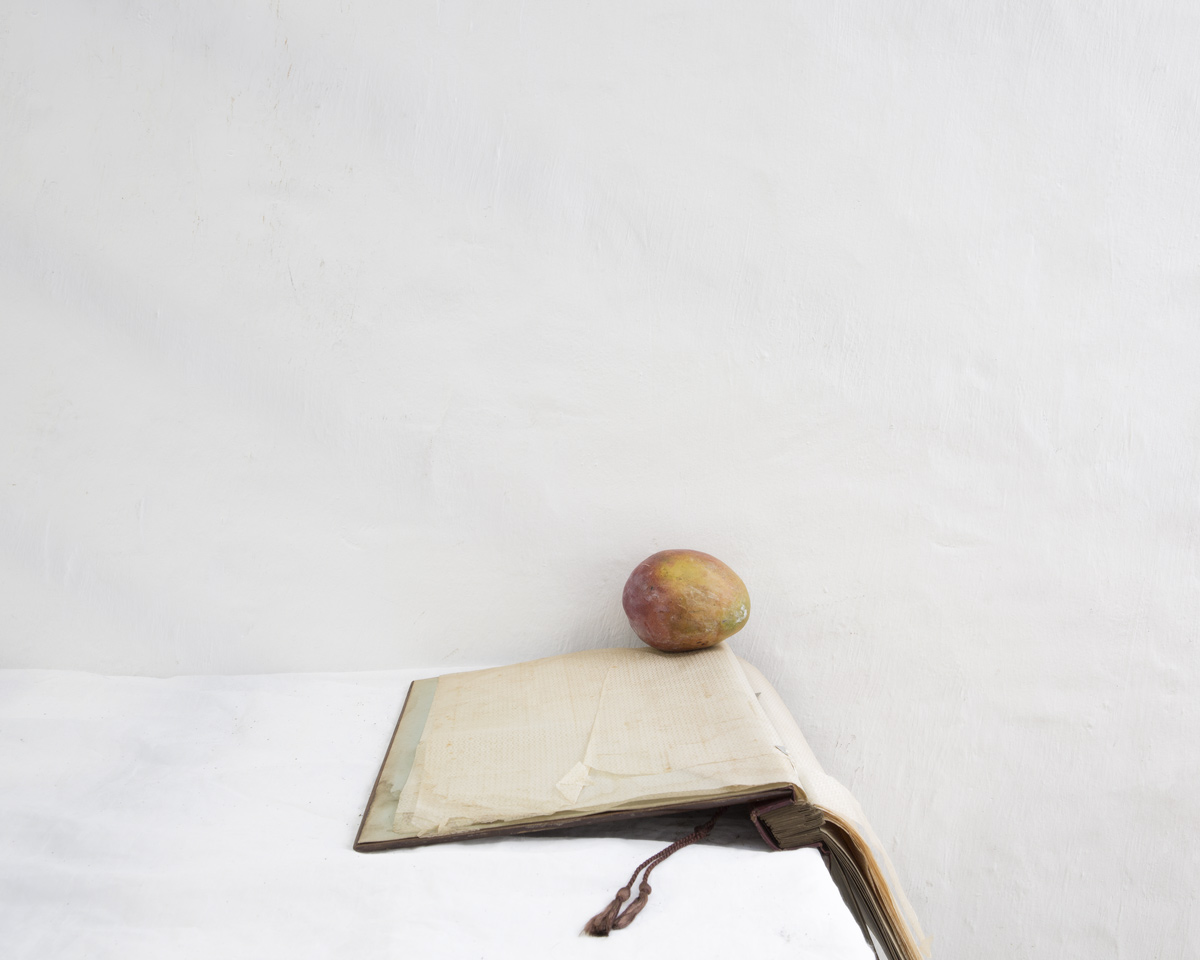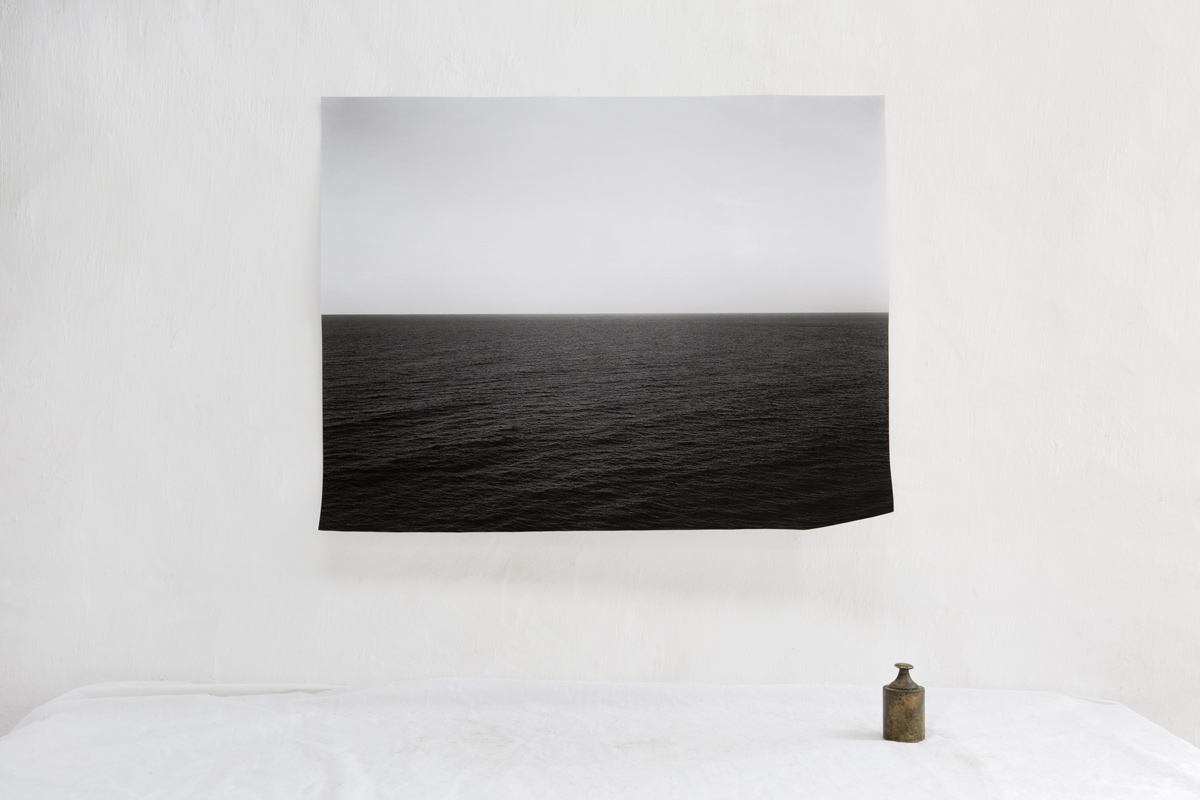os argonautas
Os Argonautas (Marco Maria Zanin)
The consistency of memory is severely tested by the dynamics of the post-modern metropolis. The material supports on which it rests, whether they are monuments, old buildings, objects or family albums, are regularly swallowed up or High Quality 70-417 exam Study Material demolished by the effects of a blind force that impels towards the new, towards the greatest profit, that rapidly transforms the social and urban fabric of cities and leaves its inhabitants rootless.
San Paolo in Brazil is the biggest “Italian” city after Rome. Starting in 1865, it was here that much of the great immigration wave from Italy, and especially the Veneto countryside, came from across the sea.
Today it is a metropolis with 20 million inhabitants, cultural capital of one of the most dynamic emerging economies, a complex, gigantic and chaotic organism where a multitude of stories, ethnic groups, religions and social classes coexist and butt heads in a continual race towards the future.
Os Argonautas is the desire to immerse myself in this tumult and reassemble the remains of a memory that has linked the histories of two countries, contributing to the economic and cultural development of both, a peculiar form of an age-old practice, that of the journey towards a better destiny.
Among the Argonauts who landed in Brazil there were successful entrepreneurs, artists and other significant figures, but the protagonists of this survey are those more humble agricultural workers and artisans who left their land as the only alternative to poverty. They are often faceless because their identities have been lost in the mists of time and nameless because history did not bother to record them.
Their presence is overwhelmed by the weight and noise of time, made even more acute by the rhythms of the city. Few signs remain, the odd memory intertwined with a dream, shapes that take on other shapes, Re-emerged material, now ready to be worked.
Marco Maria Zanin’s Demonumento (Alessandra Mauro)
Documents are the clues from which we reconstruct the thread of memory, fragile and tenuous traces of a past to be recreated. Pieces of a puzzle that it is up to us, witnesses of the present, to put together in the most appropriate way, with the detachment that enough distance allows (that of historians, but after all, also that of photographers). Only in this way can documents become a testimony to that which we have experienced. Memory full of meaning, cultural references, examples. In a word, monument.
Marco Maria Zanin attempts a journey that is laborious, difficult, fascinating and desperate through these same themes. And he does it with the conscious wonder of one who is ready to be surprised by what he might find.
His is a journey in time and space, following the traces of many lives lived and suffocated, vanished yet in some way still present in the maze of concrete that like a great monument to oblivion constitutes the crazed urban fabric of a city like São Paulo.
It is there, among these buildings that block the horizon, that are populated with windows like the only openings into the most intimately private sphere, that are covered in graffiti like grandiose designs, letters of a macro-alphabet that shouts its presence to the world but which will soon be covered with other letters and other shouts, that we have to look for the fragile remains of lives lived and try to give a name and a story to those who have been erased from history.
Marco Maria Zanin’s work is certainly an artistic enterprise: trying to find, if they still exist, the remains of a personal and collective memory so fundamental for Brazil, but also for our country, like that of early 20th century migration to the great cities of South America. And yet it is not only this. It is also the conscious act of an historian who tries to reconnect these remains to each other, to give back the thread of identity and journeys with the optimistic approach and bright soul of one who thinks it is something not only possible but necessary.
Above all, Marco Maria Zanin’s is also the typical act of a photographer: find an image, retrieve it from many possible hidden corners, reveal it, that is, and bring it into the light.
It is precisely this act of the photographer that forms the core and the explanation of the entire installation. At its centre, as at the centre of his questioning himself about the sense of being a photographer today, Marco places the back of a large photographic print. On closer inspection, the apparently anonymous surface, bare, pallid, furrowed with light scars of time, can say a lot if questioned properly.
It is there that the sense of every photograph rests. Not so much in the image but in its documentary residue, in the signs of time that the rectangle of paper has experienced, recording its every passage, every existential vicissitude, just as happens with lines on the faces of men. Because every photograph is above all a document, and questioning those signs could mean reversing the entropy of history, rediscovering a value in the loss of meaning and building a monument where there is solely its opposite – the de-monument.
The author is well aware, however, that this process is a voluntary horizon more than a tangible truth, but he can only go forward, trying and re-trying with the knowledge that, as Le Goff says, “the document-truth does not exist. Each document is a lie. It is up to the historian (but we could say the artist or the photographer) not to be naïve”.
